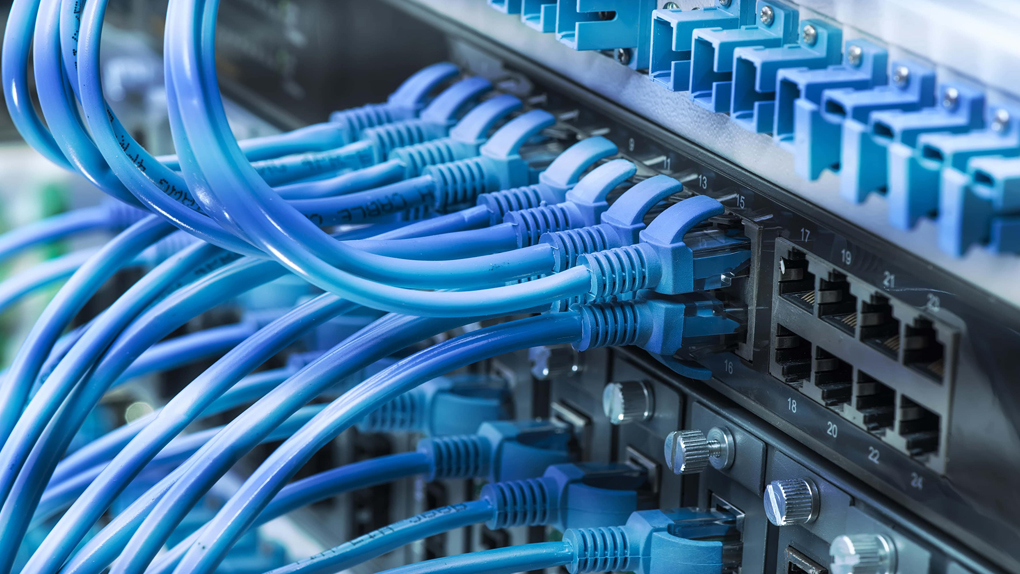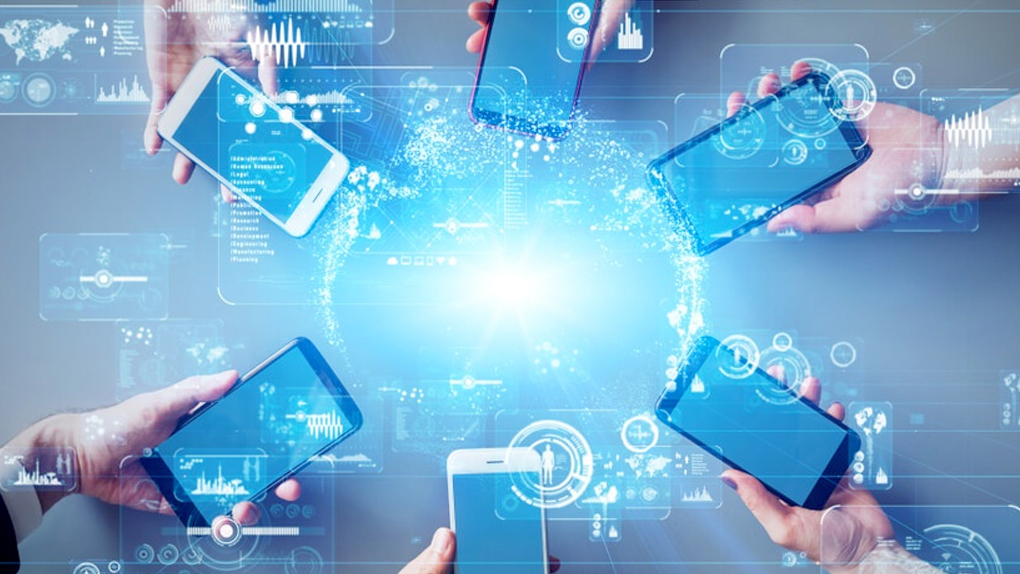PC and Server Installation and Configuration
Setting up a PC involves unboxing, connecting peripherals, and installing an operating system (OS) via USB/DVD or network boot. Post-installation, drivers for hardware components are crucial for proper functionality, obtained from manufacturer websites or included disks. System and software updates should be applied for security and optimal performance, while antivirus/antimalware software safeguards against threats. Configuration entails adjusting settings, personalizing the desktop, creating user accounts, and establishing regular data backups. Conversely, server installation encompasses hardware setup, BIOS/UEFI configuration, and OS installation, followed by configuring server roles, networking settings, security measures, and redundancy solutions like backups or RAID setups. Monitoring tools aid in system health checks and remote management, and documenting configurations and procedures is vital for future reference. Adhering to manufacturer guidelines, maintaining updates, and implementing security protocols are fundamental for both PC and server setups to ensure functionality, security, and longevity.


Network Services
Network services encompass a spectrum of software applications, protocols, and functionalities vital for communication and resource sharing within computer networks. These services facilitate seamless connectivity among devices. DNS converts domain names into IP addresses, simplifying web browsing, while DHCP automates IP address assignment. FTP enables file transfer, SMTP and POP3/IMAP handle email exchange, and HTTP/HTTPS support web page retrieval, with HTTPS ensuring secure browsing through encryption. SSH and Telnet facilitate remote access, while NTP synchronizes time across networked devices. VPNs establish secure connections over public networks, and RDP/VNC enable remote desktop access. NFS and SMB protocols aid in sharing files and resources. Configuring and managing these services is essential for efficient network operations, enabling communication, data transfer, remote access, and secure interactions while ensuring the smooth functioning of various networked devices.
Wireless Network Deployment
Wireless network deployment involves a systematic approach starting with planning and site surveys to determine optimal access point (AP) placement based on the environment. This information is used to design the network, selecting suitable hardware and configuring devices such as APs and controllers. Security measures like encryption and access controls are implemented to safeguard against unauthorized access and cyber threats. Fine-tuning settings for performance optimization, ensuring minimal interference and seamless roaming, is vital. Thorough testing validates coverage, connectivity, and stability, followed by comprehensive documentation of configurations and maintenance plans. User training and ongoing support are essential for smooth operation. Additionally, planning for scalability and expansion to accommodate future growth ensures the network’s adaptability. Continuous monitoring and updates are crucial to maintaining security and performance standards in a wireless network deployment.


Hardware Diagnostic And Troubleshooting
Hardware diagnostic and troubleshooting involve a systematic approach to identifying and resolving issues with computer components. Initially, understanding and documenting the symptoms are key. Basic checks including cable connections and power sources should be verified. Employing diagnostic tools, both software-based and those provided by manufacturers, helps detect hardware failures in components like hard drives, memory, and processors. Booting in safe mode aids in distinguishing hardware issues from software-related problems. Conducting specific hardware tests such as memory checks or stress tests on the CPU and graphics card helps pinpoint faulty parts. Updating drivers and firmware is essential, as outdated software can contribute to hardware malfunctions. Adjusting BIOS/UEFI settings cautiously or replacing faulty components might be necessary. Testing external devices individually can reveal conflicting peripherals. Seeking professional assistance or contacting the manufacturer is advisable for persistent issues or when hardware is under warranty. Detailed documentation of steps taken and encountered error messages assists in effective troubleshooting and future reference. Successful hardware diagnostic and troubleshooting require patience, methodical steps, and careful observation to rectify issues effectively.
Software Licensing
Software licensing refers to the legal agreements dictating the terms of software use between the software copyright holder and the end-user. It encompasses various types of licenses, such as proprietary, open-source, and freeware, each defining the permissions, restrictions, and rights associated with software usage. Licenses specify the permitted use cases, distribution, copying, and modifications allowed for the software. Some licenses are perpetual, allowing indefinite use, while others may have time limitations or require renewals. Compliance with the terms outlined in the license, as detailed in the End-User License Agreement (EULA), is mandatory, with users risking legal consequences for violations. Software activation through keys or codes is common to validate authenticity. The emergence of subscription-based models, especially in Software as a Service (SaaS), has altered the traditional licensing landscape. Open-source licenses enable access to source code with specific conditions. Understanding and adhering to software licensing terms are essential for users to ensure compliance, respect creators’ rights, and avoid legal issues related to software use and distribution.

